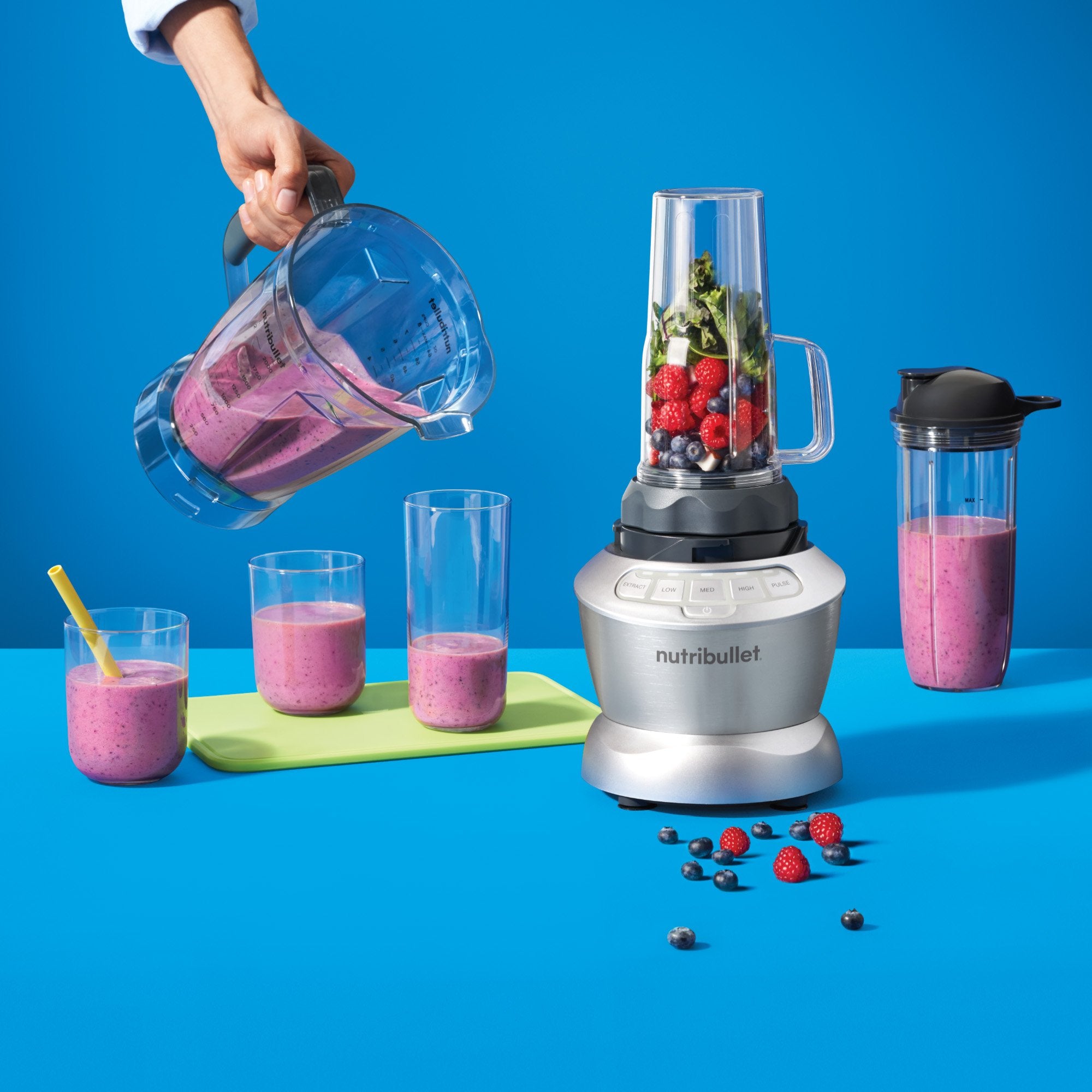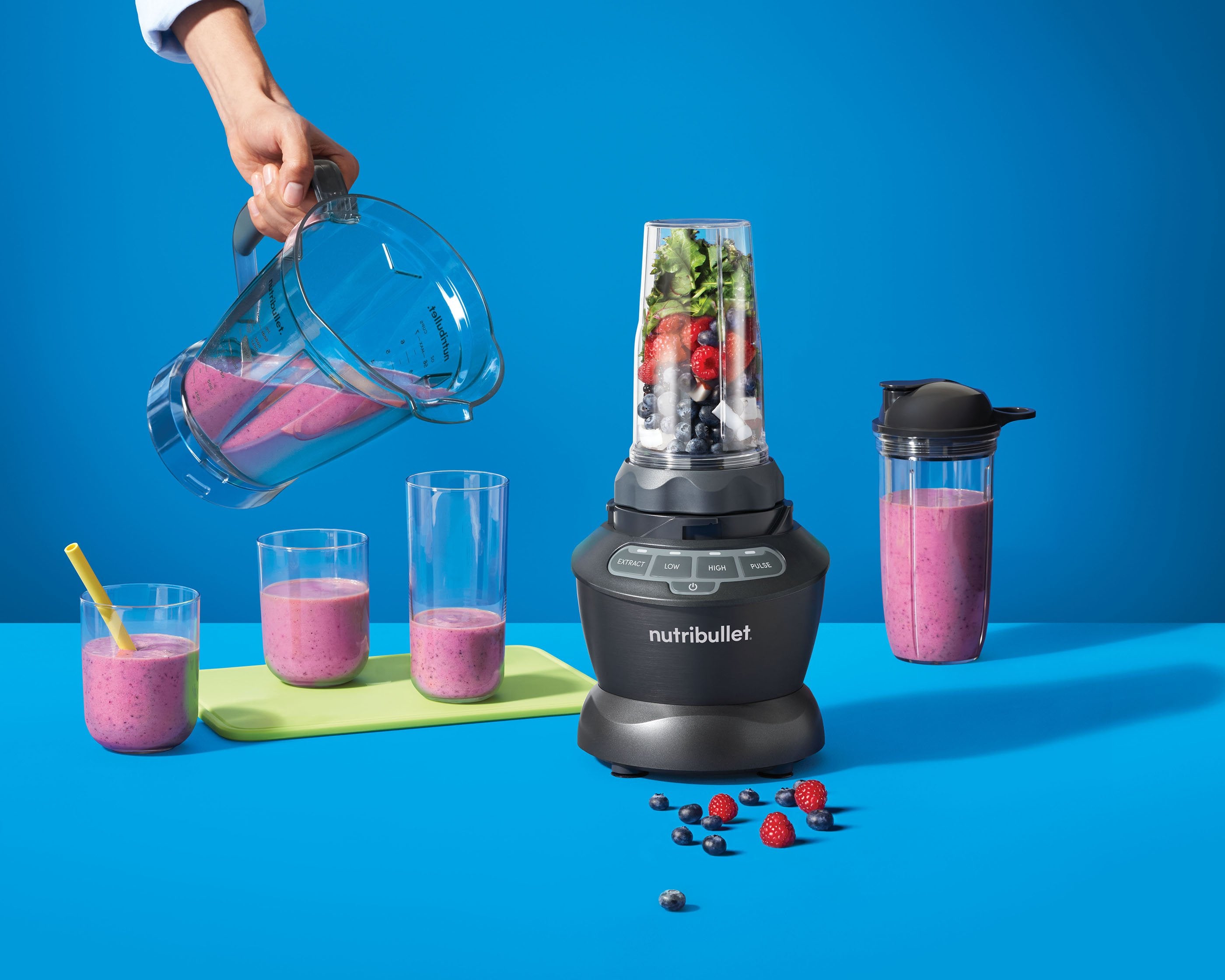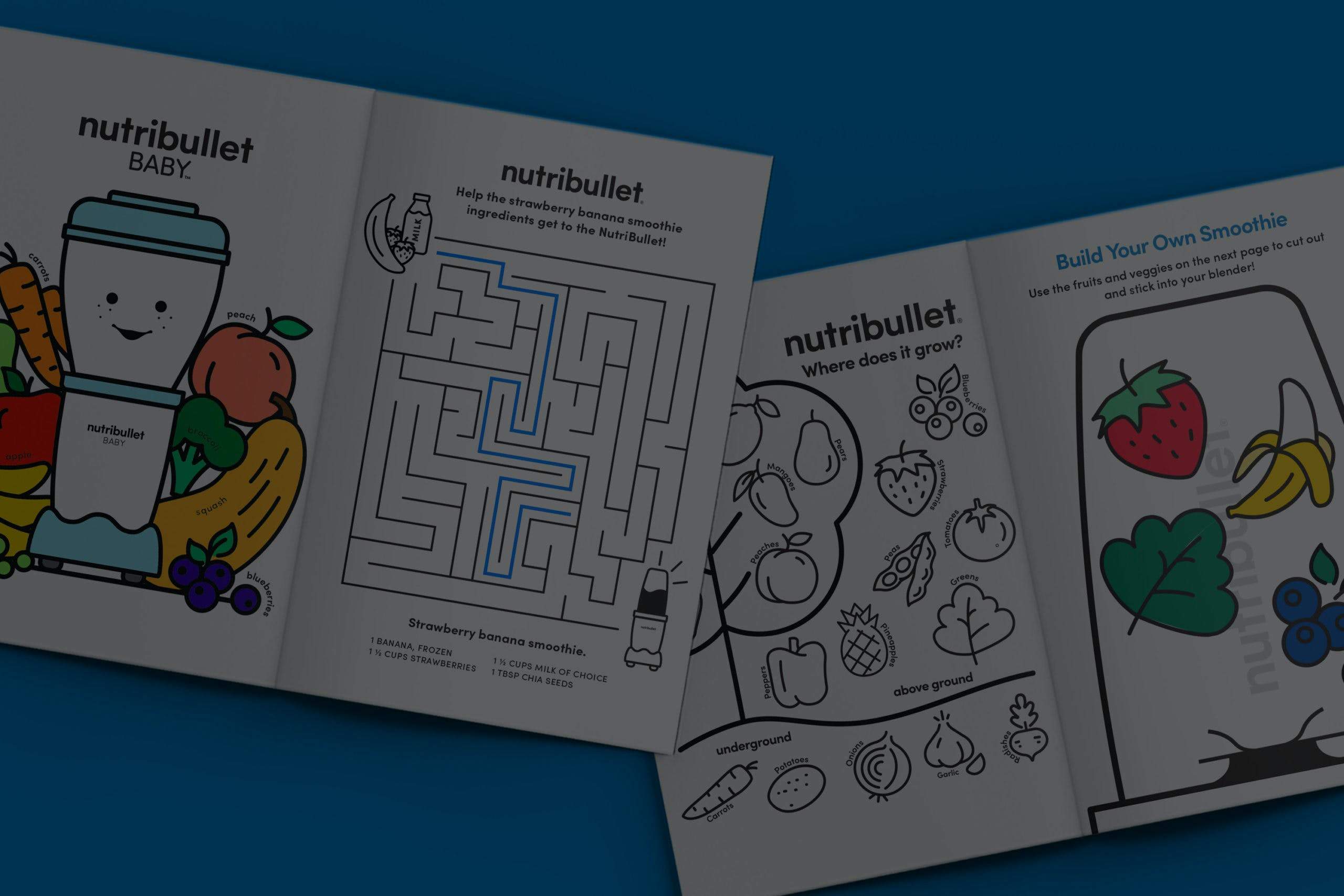140/90. For over a decade, those were the numbers to stay under to avoid being diagnosed with hypertension, or high blood pressure. However, the American Heart Association and the American College of Cardiology recently changed these guidelines for the first time in 14 years, meaning that millions more Americans are now considered to have high blood pressure.
Under the new guidelines, anyone with readings at or above 130/80 will be diagnosed with high blood pressure. Previously, 32 percent of Americans were hypertensive. With the new guidelines, that number is expected to rise to 46 percent. That’s quite a substantial increase, so it’s important to know if you fall under that 14 percent.
If you don't know your blood pressure, now might be the time to go get it checked. Medical professionals consider hypertension to be a deadly condition that sets the stage for serious diseases and premature death. High blood pressure is the second highest cause of preventable death in the United States, just below cigarette smoking. High blood pressure can lead to heart disease, stroke, and kidney disease, and it kills millions of Americans each year. It’s known as the silent killer because there are no symptoms. When people don't feel symptoms, it’s easier to stop taking medication and ignore lifestyle changes that are needed in hopes that it will just go away.
The new definitions for normal versus high blood pressure will hopefully lead to earlier and more effective treatment, as well as an increase in people receiving these crucial treatments. It will most certainly increase patients’ awareness of the disease and how dangerous this risk factor for heart disease is.
What’s interesting about the new guidelines is that the goal is not to medicate Americans sooner, but to educate them earlier on lifestyle changes that will assist in lowering their blood pressure and, therefore, their risk of heart disease. Improving dietary intake, increasing activity level, losing weight, managing stress and decreasing alcohol consumption are all lifestyle behaviors that can positively impact blood pressure.
The guidelines are most impactful in clinical practice. This means that your health care providers will have a heightened awareness of blood pressure guidelines and will be more prepared to tell you what you will need to get your numbers down. There will no longer be a “pre-hypertensive” area as a warning. Instead, you will be told to make changes immediately if your numbers rise above the new guideline. There will, however, be two stages of hypertension: Stage 1 and Stage 2. Stage 2 will most likely be treated with medication, while Stage 1 will involve adopting new lifestyle changes first.
The most exciting outcome of the new guidelines is the fact that lifestyle changes are finally being recognized as the most impactful treatment avenue for high blood pressure. While medication is absolutely necessary in many hypertension cases, especially those with severe hypertension, lifestyle changes will be looked at first for just as many cases.
Making these clinical changes is a big leap in the right direction to preventing and treating high blood pressure. With the new guidelines and a better understanding of how important lifestyle habits are, we can all aim to keep our blood pressure levels and bodies healthy.
Nutritional information
Recipe: Creamy Green Strawberry Dream Serving in this recipe:1
- Calories: 236.6
- Total Fat: 3.6 g 5.5%
- Saturated Fat: 0.4 g 1.9%
- Cholesterol: 0 mg 0%
- Sodium: 358.7 mg 14.9%
- Total Carbs: 45.7 g 15.2%
- Dietary Fiber: 9.9 g 39.4%
- Sugar: 22.1 g
- Protein: 8.1 g 16.2%
- Vitamin A: 481.9% Vitamin C: 244.1%
- Calcium: 68.5% Iron: 26.1%
* Percent Daily Values are based on a 2,000 calorie diet. Your daily values may be higher or lower depending on your calorie needs.





















